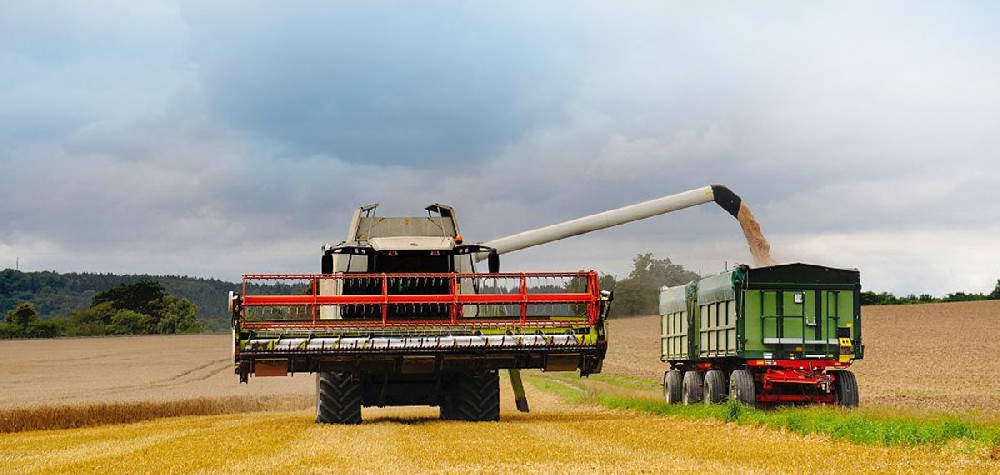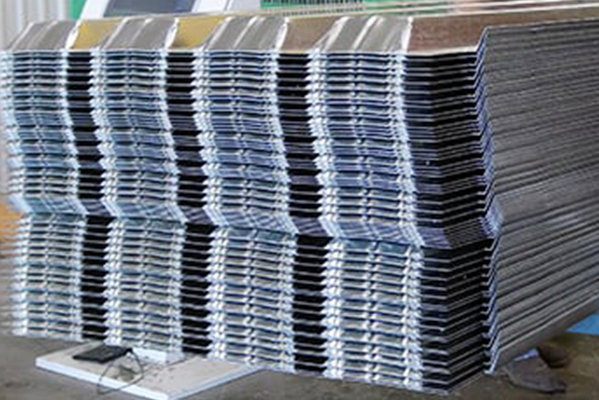Navigation Menu
Contact Us
- Email:
- info@wxavatar.com
- Address:
- Yurong Village, Yuqi Street, Huishan District, Wuxi, China.
Release Date:May 31, 2025 Visit:47 Source:Roll Forming Machine Factory
Introduction to Panel Line Stackers
Panel line stackers have become increasingly common in various industrial operations, offering practical solutions for material handling challenges. These specialized machines are designed to efficiently organize, transport, and store flat materials such as metal sheets, glass panels, and construction materials. Their growing adoption across multiple sectors reflects the evolving needs of modern manufacturing and logistics operations.

Key Factors Driving Adoption
1. Operational Efficiency Improvements
Panel line stackers streamline workflow processes by automating the handling of flat materials. They reduce manual labor requirements while maintaining consistent handling quality. Many operations report measurable decreases in processing time after implementing these systems, as materials can be moved and stacked with precision and minimal downtime.
2. Space Optimization Capabilities
The vertical stacking functionality of these systems allows facilities to make better use of their available floor space. By stacking materials vertically rather than spreading them horizontally, operations can maintain larger inventories without expanding their physical footprint. This feature proves particularly valuable in urban manufacturing facilities where space comes at a premium.
3. Enhanced Material Protection
These systems provide controlled handling of delicate flat materials that might otherwise be susceptible to damage during manual transportation. The automated processes minimize surface contact and reduce the risk of scratches, dents, or other imperfections that could affect material quality. Industries working with high-value flat products find this protection especially beneficial.
4. Workforce Safety Advantages
By automating the movement of heavy or bulky flat materials, panel line stackers reduce the physical strain on workers and minimize exposure to potential workplace injuries. The machinery handles tasks that would otherwise require multiple workers to lift, carry, or position heavy loads, creating a safer work environment.
5. Adaptability to Various Materials
Modern panel line stackers can be configured to handle different types of flat materials, from thin metal sheets to thick glass panels. This versatility makes them suitable for diverse industries including automotive manufacturing, construction material production, and appliance manufacturing. The ability to adjust settings for different material specifications adds to their practical value.
Industry-Specific Applications
Manufacturing Sector
In production facilities, panel line stackers integrate seamlessly with cutting, stamping, and finishing lines. They facilitate smooth transitions between different stages of the manufacturing process while maintaining product quality and workflow continuity.
Warehouse and Distribution
Distribution centers handling flat-packed goods or building materials utilize these systems to optimize storage density and improve loading/unloading efficiency. The automated stacking capability significantly reduces handling time during receiving and shipping operations.
Construction Material Processing
Businesses dealing with sheet materials such as drywall, plywood, or metal cladding find panel line stackers particularly useful for organizing products before shipment to job sites. The systems help maintain material integrity while enabling efficient loading sequences.
Future Outlook
As industries continue to seek operational improvements, the adoption of panel line stackers is expected to grow. Technological advancements are making these systems more intelligent, with features like automated inventory tracking and predictive maintenance becoming more common. The ongoing development of more compact and energy-efficient models will likely expand their applicability to smaller operations and additional industries.

The practical benefits of panel line stackers in improving efficiency, safety, and space utilization explain their increasing presence across various sectors. As operational demands evolve, these systems provide reliable solutions for handling flat materials while supporting business objectives for productivity and quality maintenance.